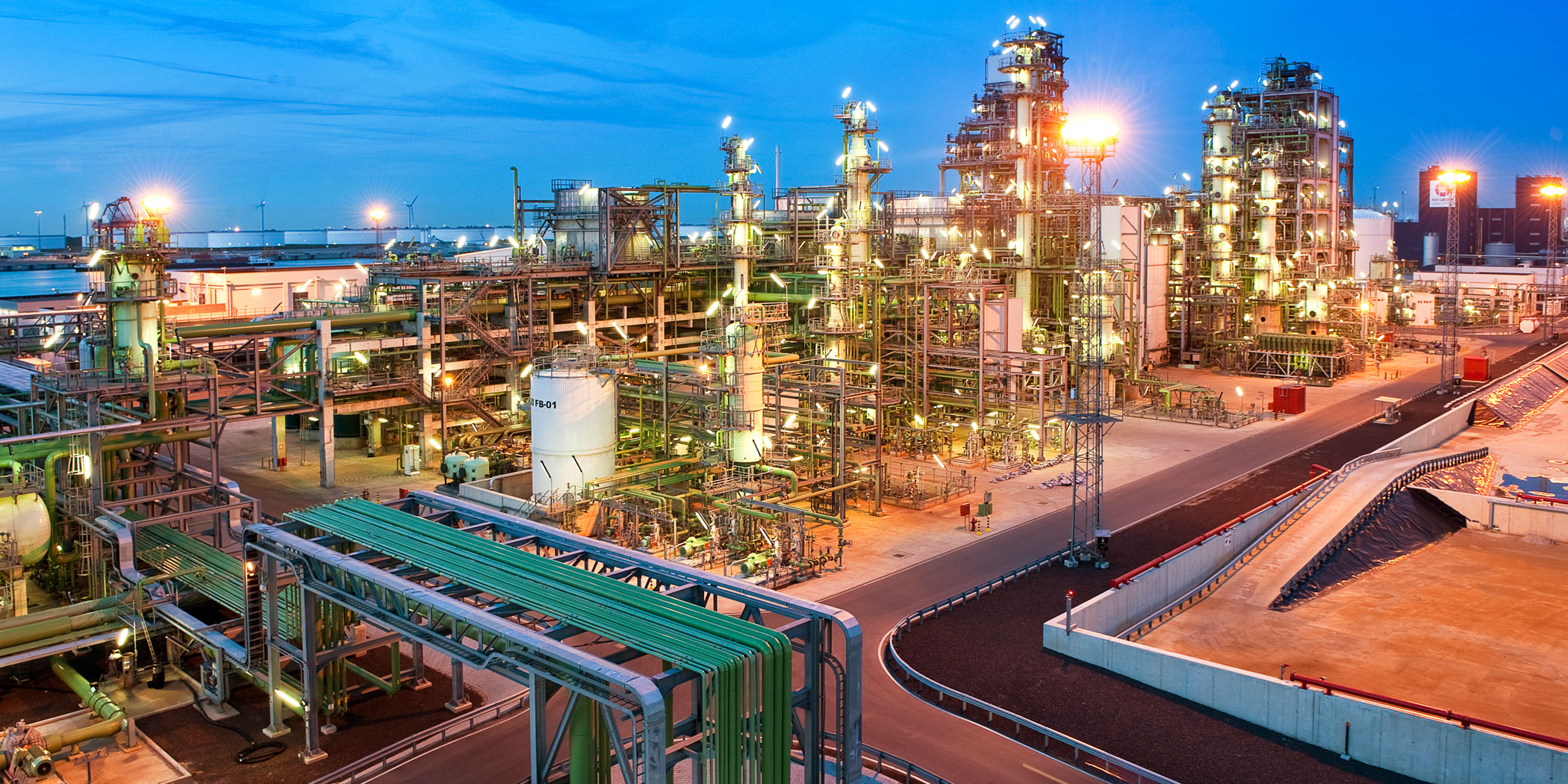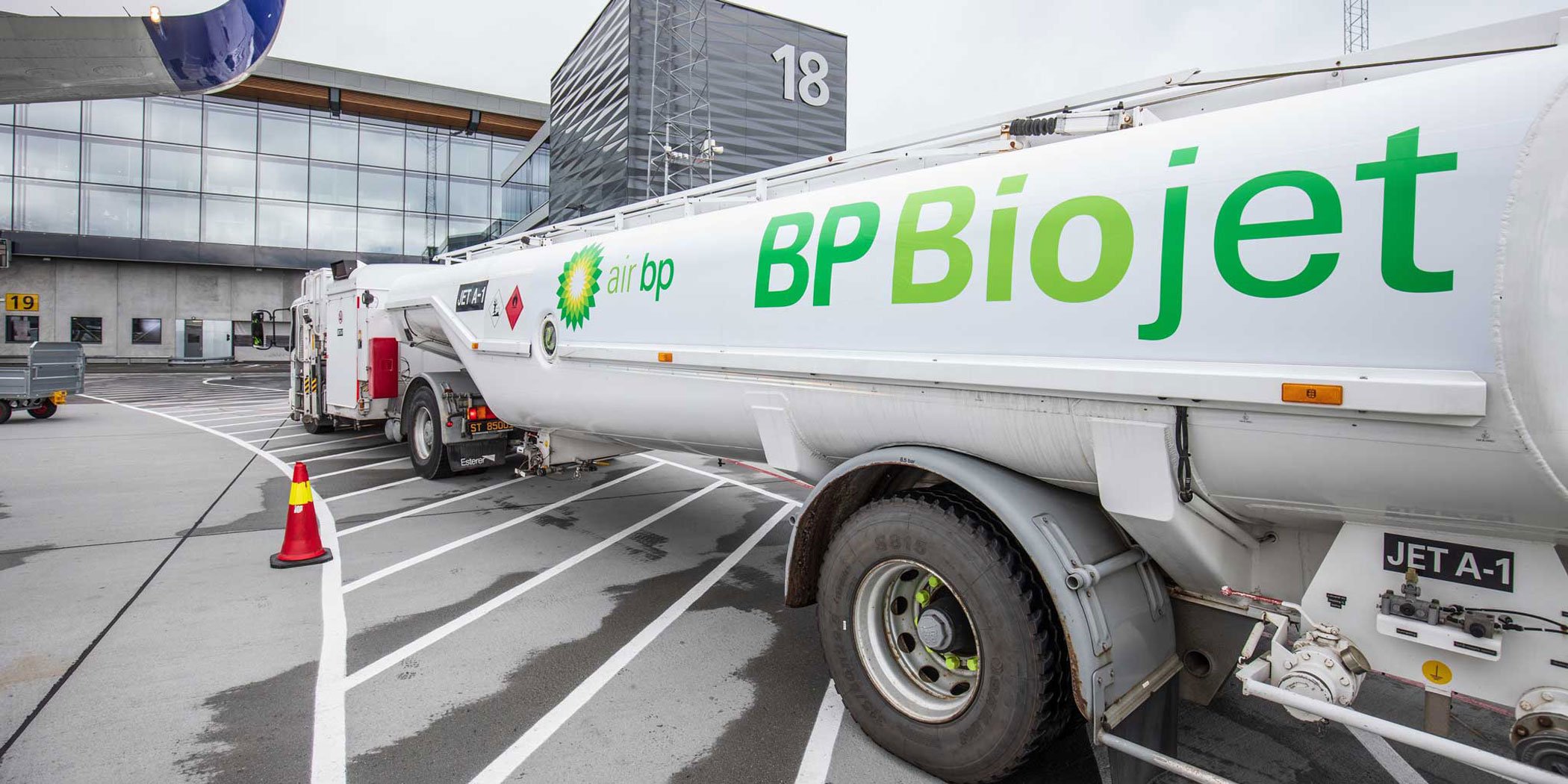Click Here to View This Page on Production Frontend
Click Here to Export Node Content
Click Here to View Printer-Friendly Version (Raw Backend)
Note: front-end display has links to styled print versions.
Content Node ID: 404494
Sustainable aviation fuel (SAF) has been viewed as a vital part of the business aviation industry’s decarbonization efforts since 2009 when several aviation alphabet groups issued the Business Aviation Commitment on Climate Change (BACCC). Included in that document’s aspirational goals was the reduction of CO2 emissions by 50 percent by 2050 relative to 2005.
More recently, the European Union has committed to climate neutrality in 2050 and intends to increase its 2030 climate ambitions by cutting its emissions by at least 55 percent compared with 1990 levels, and included in its scope is aviation.
“We have committed to ambitious emissions reduction targets to decarbonize aviation,” said Adina-Ioana Vălean, European commissioner for transport. Speaking at the recent inaugural European Business Aviation SAF Summit, she noted that “for the European Union to hit its goals of cutting emissions by at least 55 percent by 2030 and attaining carbon neutrality by 2050, sustainable fuels must account for an increasing share of aviation’s fuel mix over time, to reach more than 60 percent.”
That is a broad leap for the industry as SAF usage currently accounts for less than 1 percent of total jet fuel use. The summit examined what needs to be done for the industry to meet those goals, with the greatest expectations and largest margin of improvement pinned to SAF use.
In 2009, the BACCC identified four pillars of carbon reduction: improved aircraft technology, air traffic control infrastructure and operational improvements, market-based measures such as carbon offset purchases, and alternative fuels.
Thierry Lamant, Dassault Aviation’s Falcon training program coordinator and the airframer’s lead on SAF, explained that the company is working continuously on its product, lightening and improving airframes in its efforts to increase efficiency and lower carbon emissions. “This is giving us some percentage of improvement, but it's not a big step; each time it’s a lot of effort for obtaining a small percentage,” he said. Likewise, using newer, more efficient engine technology can also result in an improvement of possibly up to 15 percent.
“When it comes to aircraft and engine technology, business aviation is already quite good,” noted Marilyn Bastin, Eurocontrol’s head of aviation sustainability. “You already have a very efficient fleet with a lot of equipment on board” that allows for the use of optimized flight profiles, she said. “What could be done is sustainable aviation fuel because it's already [available].”
SAF offers the biggest potential for aviation’s carbon reduction through its lifecycle benefits. One big misconception about the fuel is these carbon reductions are derived from its actual use in the aircraft. The truth is that what comes out of the tailpipe after the burning of SAF is little different from that emitted when burning fossil fuel.
Instead, rather than removing more carbon from the ground in the form of petrochemicals, the SAF production process simply recycles carbon that is already in the environment. In its unblended neat form, SAF can account for up to 80 percent lifecycle CO2 reduction over a like amount of conventional jet-A.
While there is growing talk about the future of electrification and hydrogen-powered aircraft, those technologies are not near the point where they can be considered for long-haul aircraft. “Certainly the products we are producing are for long-range and medium-range flying, and the gas turbine won’t be replaced for a very long time,” said Frank Moesta, senior v-p for strategy and future programs with Rolls-Royce Deutschland. “We obviously are committed as an industry and as an industry player to introduce SAF."
Indeed, SAF has been growing in recognition over the past several years. The Business Aviation Coalition for Sustainable Aviation Fuel, a group of industry organizations consisting of NBAA, EBAA, NATA, GAMA, IBAC, CBAA, and CAAFI, sponsored an education session/flight demonstration at California’s Van Nuys Airport, in January 2019. A similar event was held at the UK’s Farnborough Airport ahead of that year’s EBACE, and in January 2020, Jet Aviation sold the first SAF in Switzerland, fueling private aircraft arriving in Zurich for the World Economic Forum. Since then, following a number of one-off demonstration deliveries at various airports, continuous supplies of the approved drop-in SAF, blended with conventional fossil-based jet-A at a ratio of approximately 30 percent SAF, have begun, mainly in the U.S.

SAF can currently be produced through several approved production pathways utilizing various feedstocks. The ratio of the SAF blends is determined by the ASTM, which approved the fuels as a direct replacement for conventional jet-A, and while the blends can go as high as 50 percent, the industry is already looking at utilizing 100 percent SAF. Rolls-Royce did testing using pure SAF on its Pearl business jet engine, as well as its Trent 1000 testbed. “The products are ready and certified for 50 percent blend, which we can introduce basically today without any problems,” said Moesta, "but obviously we are working on getting the industry to 100 percent [SAF]."
But to get there will take a concerted effort across the entire value chain. “If we take the example of working on 100 percent SAF usage, we cannot make it alone as one company,” said Steven Le Moing, new energy program manager with Airbus, which recently flew one of its A350s on 100 percent SAF. “We need the engine manufacturers, for example, to work on it, so it's really important that the entire aviation sector understands where we want to go, where we need to go, and share and support this message toward the right people.”
Many in the business aviation industry are interested in the fuel according to Joao Martins, Jet Aviation’s vice president for European regional FBO operations and general manager of the company’s Zurich location. “We know there are customers from all of our lines of business asking for SAF, [including] the MRO, the completions, aircraft management, charter, FBO customers,” he said, adding that the company has received tenders for some of its locations requesting that SAF be available there.
Yet widespread adoption of SAF still faces hurdles ranging from the most basic of education about the safety and benefits of the fuel to the current price premium over conventional jet fuel to availability. “I think foremost among fellow operators I have spoken to…is that misconception about safety, and that’s why it’s very important that we stress again that [SAF] is safe to use,” said Juergen Wiese, head of BMW’s flight department and EBAA chairman. “That misconception is not only on the operator side…but the airport operator and tank farm operator who have some concerns about the safety and the technical aspects.”
As for the increased price of the fuel, Martins said the industry is split. “There’s a portion of the customers that are ready to pay the premium, but there is still a big portion that is very much looking into that, so we need to work together to make sure that we can optimize this commercial part so that everyone actually goes on board.”
Getting those operators on board is crucial to the expansion of SAF capacity. It has been described as a “chicken and egg” question. Will there be more SAF because there are more users, or will there be more users because there is more SAF? One has to come first, and the fuel producers, which require investment to build the facilities that produce renewable fuels, need the demand to come first.
John Cooper, the director-general of Fuels Europe, the trade group that represents 40 fuel companies that operate refineries in Europe, noted that his membership acknowledges the changes that will occur in the fuel industry over the coming years as electrification and hydrogen gradually supplant liquid petroleum fuels. But he singled out aviation and maritime as sectors where it will be difficult to adopt these technologies.
“We have put together an integrated strategy to dramatically scale up the production of low carbon liquid fuels with a target of 150 million tonnes by 2050, and that’s enough to supply all remaining liquid fuel needs across all sectors where it’s still needed,” he said. “We do have to be honest with everybody that producing this way costs more than making petroleum. It's typically capital intensive and that means investing for the long term, where you need stability in the market for sustainable aviation fuels.” He added that there are already at least 30 low-carbon-fuel production projects commenced or announced in Europe, but predicted that hundreds more would be needed to meet the fuel industry’s plans.
Neste is among those businesses that are ramping up the production of SAF, according to Jonathan Wood, the Finland-based company’s v-p for renewable aviation. “In terms of production, we have about 100,000 tonnes' worth of capacity currently available and product being distributed across Europe, in North America, and indeed into Asia,” he said.
Wood described a $1.5 billion investment in infrastructure that will increase that amount more than tenfold by the start of 2023. While Neste’s current production relies upon the HEFA production pathway, it is looking ahead to a second phase of technology that can utilize other methods and other pathways, and even to e-fuels, which will use renewable electricity to create liquid fuels from hydrogen and carbon taken from the atmosphere.
All involved in the industry believe that governmental support is key to unlocking the full potential of SAF, in the form of incentives and/or mandates that will ensure demand and spur more investment.

In her opening statement at the EBAA SAF Summit, commissioner Vălean said the EU Committee expects to adopt a ReFuelEU Aviation legislative proposal before the beginning of the European summer. While the exact terms were not discussed, Filip Cornelis, the European Commission’s director for aviation, explained it will involve an SAF mandate that “we hope to shape in a way that will both boost the supply and uptake of sustainable aviation fuels but also maintain and secure a level playing field for operators working out of European airports.” He believes the measure should apply to both domestic and international flights, and noted that the latter tend to burn more fuel due to the longer distances involved.
As the geographic distribution of the fuel slowly expands, a process known as book-and-claim will become a major tool. “Certainly book-and-claim is being talked about a lot at the moment,” said John Angus Smith, Signature Flight Support’s EMEA managing director. “It's enabled by the substitutability of SAF for jet-A, and it is key in our view to accelerate the adoption of SAF by our industry.”
The plan, which Signature expects to roll out soon across its 200-plus-location worldwide FBO network, enables an operator to purchase SAF in an area where it's not yet available but still receive the environmental benefits while the actual fuel is dispensed elsewhere. “The best analogy I can give you is depositing money for a family member at a local bank," Smith said. "The credit is then transferred to that family member’s account in a different country, and it is withdrawn." He explained that the process would bridge the local availability gap and enable the expansion of the market.
Concluded Jet Aviation's Martins: “We know that SAF is already starting to be present [and] it is going to be the future, but we still need to get there. We need to get traction to start the ball rolling.”